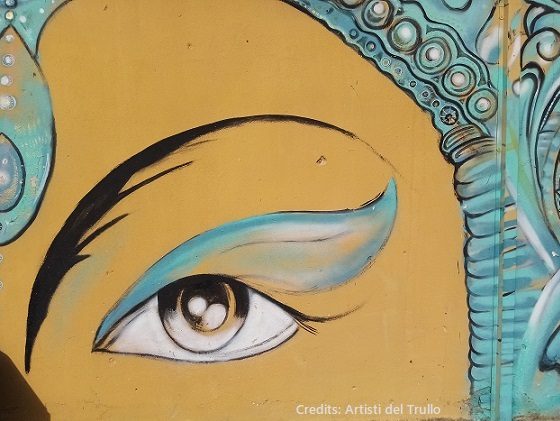Medical interpreters have to deal with complex situations and complex activities. This includes the ability to feel empathy for the people involved in the conversation, while at the same time keeping professional distance and not escalating things in case of a conflict between the parties.
Interpreters have to convey the meaning of what is said, and, at the same time, have to keep the same register as the person who is speaking. Each language can have different registers and the interpreter must be able to shift from a register to another depending on the register adopted by the speaker. The interpreter is an advocate of effective communication, and this means also abiding by the protocols of the association or healthcare facility for which the interpreter is working, plus being able not to get too much in the way. Interpreters want to facilitate the communication and the building of rapport between the parties, so the ideal interpreter does not get in the way of the conversation. From a physical point of view, the interpreter shall let the parties face each other, rather than being in the middle and forcing the parties to face the interpreter.
Professional standards require accuracy and completeness of the message interpreted, so the interpreter should watch out for technical issues or personal feelings that may prevent the information delivered from being complete and accurate.
Unlike other interpretation settings, a medical interpreting session is generally set in a collaborative environment, because all parties involved usually want the same outcome. The situation is quite different, for example, in court interpreting, where each party has a different objective. This allows the medical interpreter to ask for clarification more freely when there is the need to clarify something.
A medical interpreting session can be described as a triadic event, because there are mainly three relationships involved, between patient and interpreter, interpreter and doctor, and doctor and patient. The latter is the therapeutic relationship, which is obviously the most important. The professional relationships with the interpreter, instead, are mainly focused in bridging gaps of language, culture, and differences in healthcare systems.
To become a Medical Interpreter, click on MiTio’s link.






